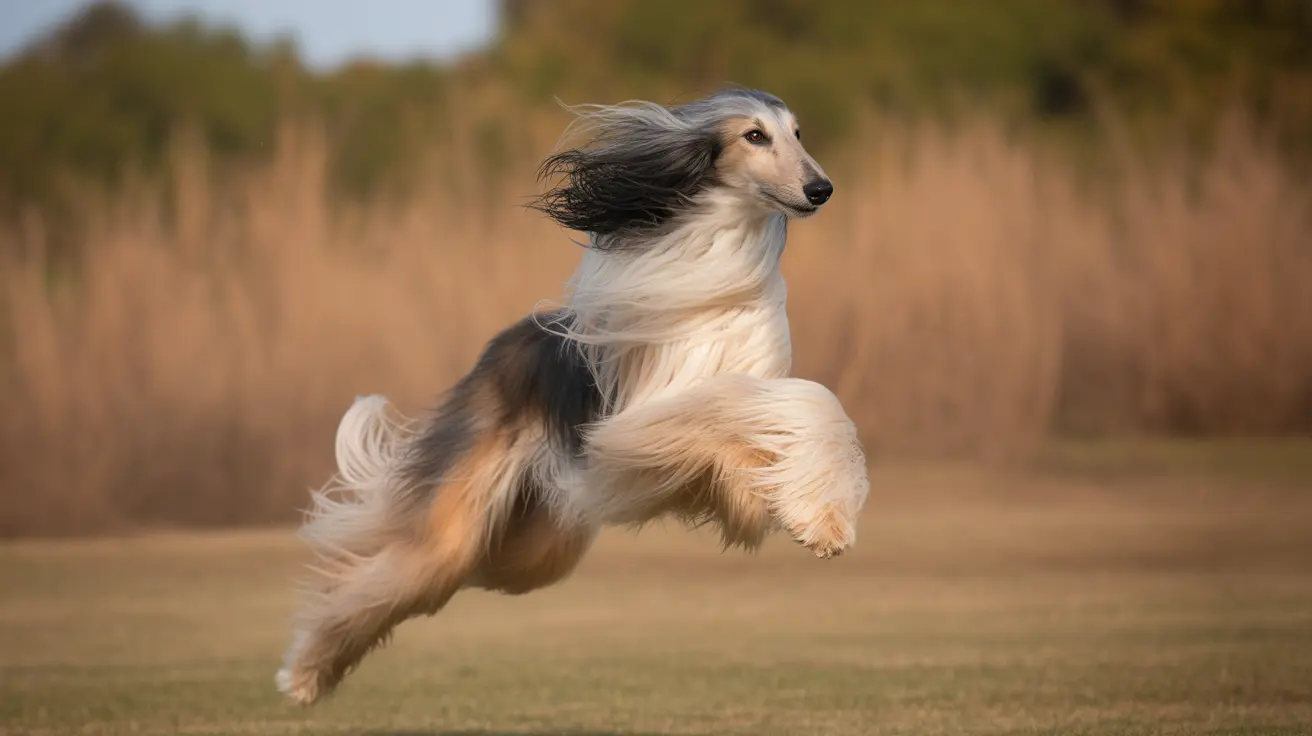How to Keep Your Dog Safe and Comfortable on Long Car Rides
When taking your dog on extended car trips, their safety and comfort are paramount. Dogs are not just passengers—they're beloved family members, and ensuring their protection during transit is a key responsibility for any pet owner. The following guide explains what helps dogs on long car rides and how to prepare for safe and enjoyable travel experiences.
Why Restraint Is Essential
Unrestrained pets can become dangerous projectiles in a crash, posing serious risk to themselves and others. Even a small pet can create significant impact force during an accident. Crash-tested harnesses, carriers, and crates are specifically designed to reduce injury risk for both pets and passengers.
Trusted Safety Standards
While there are no universal crash-test regulations for pet restraints, independent organizations like the Center for Pet Safety (CPS) have developed testing protocols. CPS certification involves dynamic crash testing at 30 mph and evaluates multiple factors including:
- Excursion distances
- Material and stitching strength
- Connection point integrity
- Resistance to tearing or breakage during crash forces
Only products that meet or exceed these standards are awarded a CPS certification.
Types of Car Restraints for Dogs
There are three primary categories of dog car restraints to consider:
- Harnesses: These fasten around the dog’s chest and integrate with the vehicle's seat belt. Popular crash-tested models include the Sleepypod Clickit Sport and Kurgo Impact Harness.
- Carriers: Ideal for small dogs under 18 lbs, carriers like the Diggs Travel Pet Carrier are secured via seat belts and must retain their structure in a crash.
- Crates: Best for large dogs, crash-tested crates (e.g., Gunner G1 Kennel) need to be anchored to the car’s tie-down points and constructed from durable materials.
Top Crash-Tested Dog Restraints
- Sleepypod Clickit Sport: Features Infinity Loop webbing and padded vests. Certified by CPS for dogs 18–90 lbs.
- Sleepypod Clickit Terrain: Designed for larger dogs (18–110 lbs) offering greater security via a robust Infinity Loop vest.
- Kurgo Impact Harness: Uses 4000-lb tubular webbing and steel buckles, tested up to 108 lbs.
- EzyDog Drive Harness: Includes molded plates and wide straps for crash force distribution.
- Ruffwear Load Up Harness: Allows movement inside the car for comfort while maintaining basic restraint integrity.
- AllSafe Comfort Harness: German crash-tested harness with padded plates and strong polyester material.
Installation Guidelines
- Proper fit: Use the two-finger rule to ensure a snug but comfortable fit.
- Practice installation: Get your pet accustomed to the harness or carrier before the trip.
- No extension tethers: Avoid tethers or extra straps which may fail under crash forces.
- Secure crates/carriers: Follow manufacturer guidelines precisely when strapping to anchor points.
Choosing the Right Restraint
When selecting a restraint system for your dog, consider:
- Dog’s size and weight
- Chest shape and build
- Behavior and anxiety levels
- Type and size of vehicle
- Ease of cleaning and durability
Common Limitations and Considerations
- Most tests are conducted at 30 mph; effectiveness at higher speeds varies.
- Giant breeds may exceed the size limits for harnesses and crates.
- Heavier, more restrictive harnesses improve safety but reduce flexibility.
- Simple dog car seats or booster seats are unsafe for crash protection.
Approved Crash-Tested Harnesses
- Sleepypod Clickit Sport: Sizes S-XL
- Sleepypod Clickit Terrain: Sizes S-XL
Final Thoughts
Long car rides can be a breeze with the right safety measures in place. Investing in a crash-tested harness or secure crate provides peace of mind, knowing your dog is protected. Remember to prioritize pet safety certifications and suitable fit and installation over convenience. Your dog's health and safety—and that of everyone in the vehicle—depend on it.





